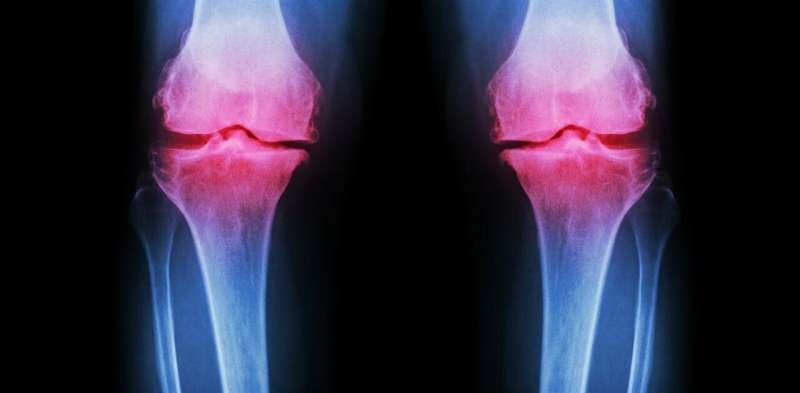An Approach to Parkinson’s Disease Using the Differential Potential of Dental Pulp Stem Cells to Generate Dopaminergic Neurons

An Approach to Parkinson’s Disease Using the Differential Potential of Dental Pulp Stem Cells to Generate Dopaminergic Neurons
par Annie Shen, Elaine Zhou, Henry Zhou, Xin Yi Fan
Année préparatoire de médecine, Université de Montréal
Parkinson’s Disease (PD) is characterized by 60-70 percent loss of dopaminergic neurons (DANs) in the substantia nigra (SNr). Therefore, the regeneration of these neurons could be a viable approach towards the treatment for PD. Previous experiments have successfully generated DANs from human induced pluripotent stem cells (hiPSC) [1]. However, it is shown that hiPSCs contain traces of epigenetic markers from their original cell types, causing gene mutations in hiPSC-derived neurons [2]. Dental pulp stem cells (DPSCs) are an alternative to hiPSCs that show greater neurogenesis capacities due to sharing the same embryonic origins as neuronal cells [2]. The easy access to DPSCs makes them ideal substitutes from both technical and ethical standpoints. We hypothesize that by employing DPSCs we can generate functional DANs in vitro. We will utilize an adeno-associated viral vector (AAV) expressing the transcription factor rLmx1 and eGFP in DPSCs, and we believe that this will induce characteristics of DA ventral midbrain neurons in DPSCs. We will assess the maturation of DANs by monitoring the expression levels of enhanced green fluorescent protein (eGFP). We can use High Performance Liquid Chromatography (HPLC) with electrochemical detection to assess the DA activity of the newly generated DANs. We predict a consistent generation of DANs that show both morphological and functional characteristics of DANs in the brain. This method can be further employed for in vivo studies to generate DANs through stem cell transplants in PD models. The results of this study can be a promising path in PD therapies in the future.
Key words: Dental pulp stem cells (DSPCs), Parkinson’s disease, differentiation, dopaminergic neurons, transplantation.
Références
1. Mahajani, S., Raina, A., Fokken, C. et al. Homogenous generation of dopaminergic neurons from multiple hiPSC lines by transient expression of transcription factors. Cell Death Dis 10, 898 (2019). https://doi.org/10.1038/s41419-019-2133-9
2. A. Kaitlyn Victor, Lawrence T. Reiter, Dental pulp stem cells for the study of neurogenetic disorders, Human Molecular Genetics, Volume 26, Issue R2, 01 October 2017, Pages R166–R171, https://doi.org/10.1093/hmg/ddx208
Image de couverture : https://www.medicalnewstoday.com/articles/321073





